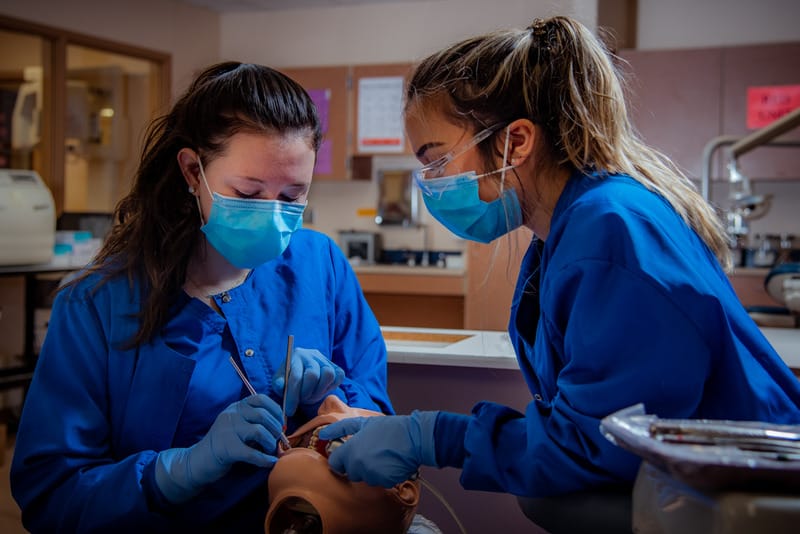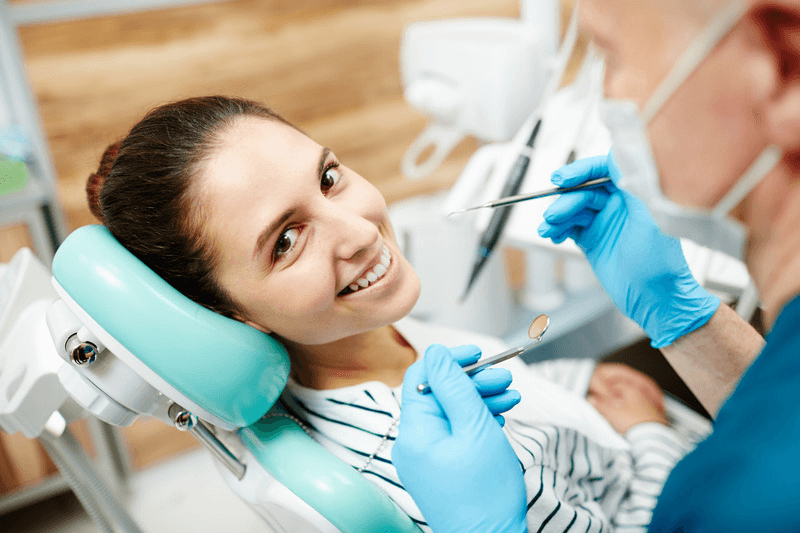

Cleanings
Overview
Many people dread teeth cleanings. Between the prodding, strange noises, and occasional jaw discomfort, it’s easy to understand their apprehension. But for most, teeth cleaning is simple and painless.
Knowing exactly what is going on during the process can help ease your stress and allow you to better enjoy the minty-fresh results.


What to Expect
1. A physical exam
A dental hygienist performs most teeth cleanings. Before cleaning begins, they start with a physical exam of your entire mouth.
The dental hygienist uses a small mirror to check around your teeth and gums for signs of gingivitis (inflamed gums) or other potential concerns.
If they detect major problems, the dental hygienist might call the dentist to ensure the procedure is OK.
2. Removing plaque and tartar
With the small mirror to guide them, the dental hygienist uses a scaler to get rid of plaque and tartar around your gum line and between your teeth. The more tartar in your mouth, the more time they’ll need to scrape a particular spot. You’ll hear scraping, but this is normal.
Regular brushing and flossing prevent plaque from building up and hardening into tartar. Once you have tartar, you can only remove it at your dentist’s office. So if this is your least favorite part of the teeth-cleaning process, the lesson is to brush and floss more often.
3. Gritty toothpaste cleaning
After your teeth are entirely tartar-free, the hygienist brushes them with a high-powered electric brush, which makes a grinding noise. While it sounds scary, it’s a great way to get a deep clean and remove any tartar left behind from the scaler.
Professional cleanings use toothpaste that smells and tastes like regular, though you can often choose between flavors. However, it has a gritty consistency that gently scrubs your teeth. If done by a professional, this teeth polishing is deemed safe twice a year. But don’t be as harsh with your teeth at home because you’ll wear down the enamel.
4. Expert flossing
Whether you floss regularly at home or not, nothing beats an expert flossing session. Your dental hygienist can get deep between your teeth and locate any potential trouble spots where you might bleed at the gums.
This might seem pointless if you floss at home. Still, having a professional floss your teeth also removes any excess plaque or toothpaste from earlier in the cleaning process.
5. Rinsing
Next, you rinse out your mouth to get rid of any debris. Your dental hygienist will usually give you a rinse that contains liquid fluoride.
6. Applying fluoride treatment
The last step of the cleaning process is a fluoride treatment. This treatment is used to protect your teeth to help fight against cavities for several months.
Your dental hygienist may ask you what flavor you like best. They’ll then place the foamy gel (or sometimes a sticky paste) into a mouthpiece that fits over your teeth. Besides the foamy gel, fluoride varnish is also painted onto the teeth with a small brush. It’s usually left on your teeth for one minute. Fluoride varnish will harden when in contact with saliva so that you can eat and drink immediately afterward.
Other potential steps
Professional teeth cleanings are scheduled twice a year, while X-rays are typically done once a year. Still, depending on what your dentist or dental hygienist observes in your mouth, they might do other exams during your visit. For children, a dentist may recommend molar sealants to help prevent cavities in hard-to-brush areas.
Whether you need any additional steps or not, the key is to go back to the dentist for regular teeth cleanings to prevent problems. Understanding what’s going on in advance will make you feel more at ease — and maybe even look forward to these appointments.

Frequently Asked Questions
People Frequently Asked
Treatment plans are designed and determined on a case by case basis and no service is available “on demand”.